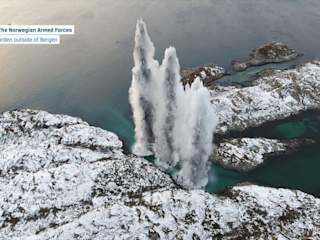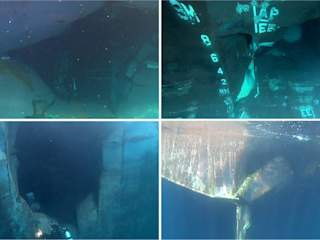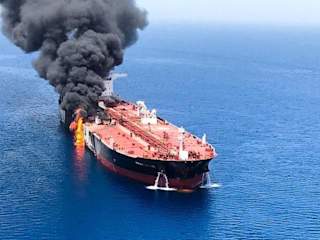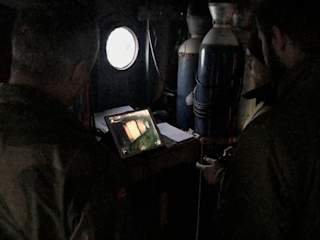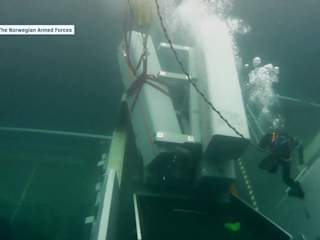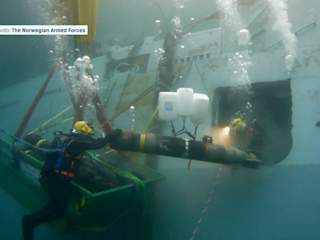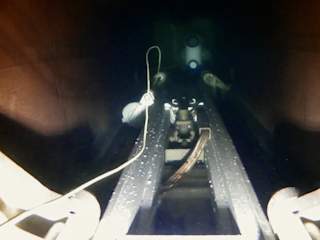Searching for foreign objects
Maritime IEDs can be used both by terrorists and maritime special forces. Once discovered, there may only be a small amount of time available to identify the device, safeguard personnel, and render the device safe. If the device detonates, it might cause severe damage that may result in the ship's loss. Such events can potentially reach international media and subsequently affect the public's confidence in port and maritime security, as we have seen with the aviation industry. Environmental pollution can also be a major consequence of such an event. Read the full about the attack on "Front Altair" here.

Reducing risk with more frequent inspections

Frequent underwater inspections are necessary to prevent the threat of underwater IEDs. Usually, divers are used to performing these inspections, but it is more efficient to do the same job with mini-ROVs in many cases. Using divers for IED search and harbor clearing operations is both risky and time-consuming while using Blueye mini ROVs for visual inspection can save time and cost. The use of ROVs eliminates the risk of loss of human lives. It also enables more personnel, such as the home guard, to perform underwater surveys without specific certification or training.
Removal of explosives

When the threats are identified, the job of removing the object safely begins. Having the possibility to approach the objects with a robot gives you more time to plan thoroughly and allows you to get valuable insight into the job that is to be done. During the removal operation, the drones are excellent in providing an overview of the diving operation, making it easier for the topside crew to observe and coordinate.
During the lifting operation of the sunken frigate, Helge Ingstad, the Norwegian Navy used Blueye drones to guide the mine clearance divers retrieving the torpedoes and missiles from inside the hull. The missiles were later safely detonated in a safe area. See the full operation in the video below.

Do you want to know if mini-ROVs are the right tool for your needs? Book an online demo with one of our drone experts to see the drone in action and learn more about how mini-ROVs can be used in your line of work.

